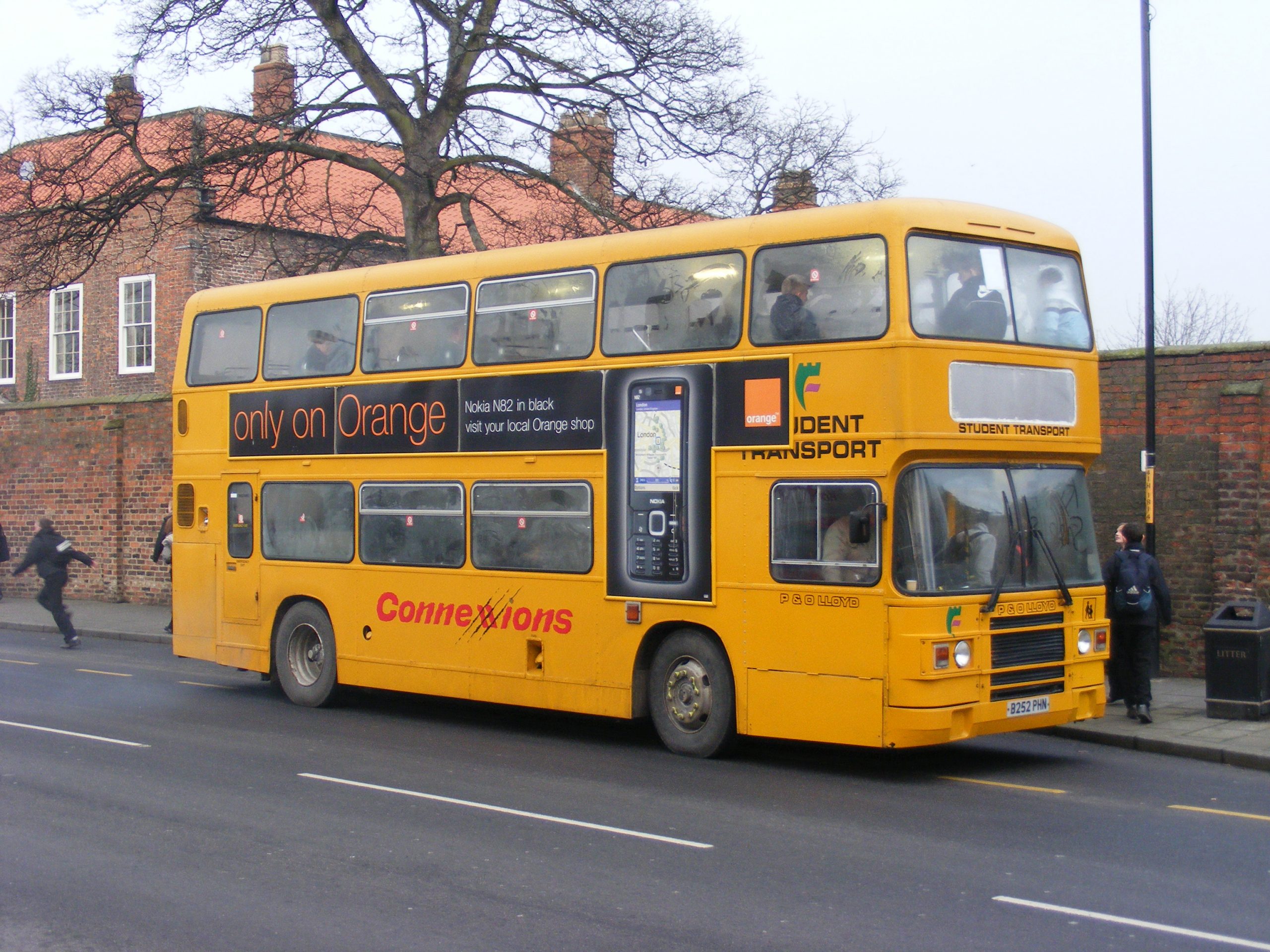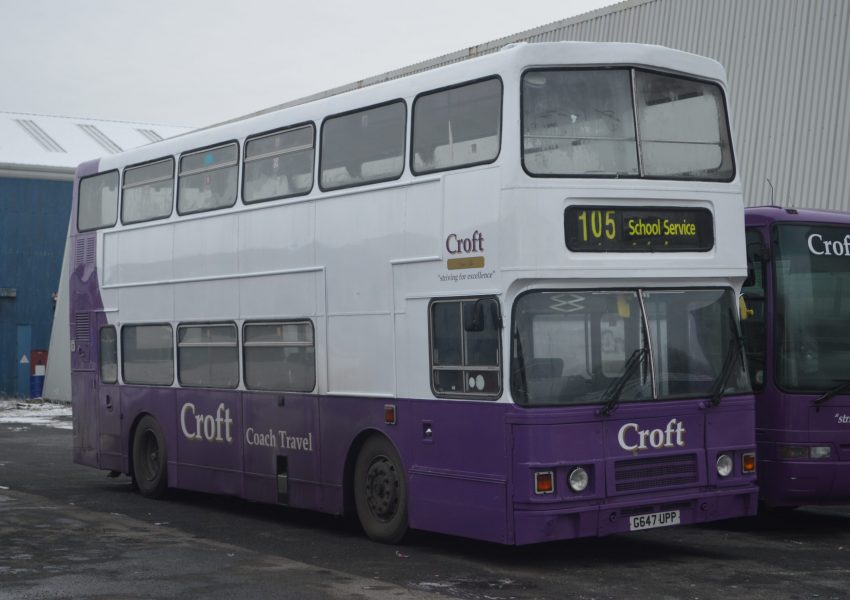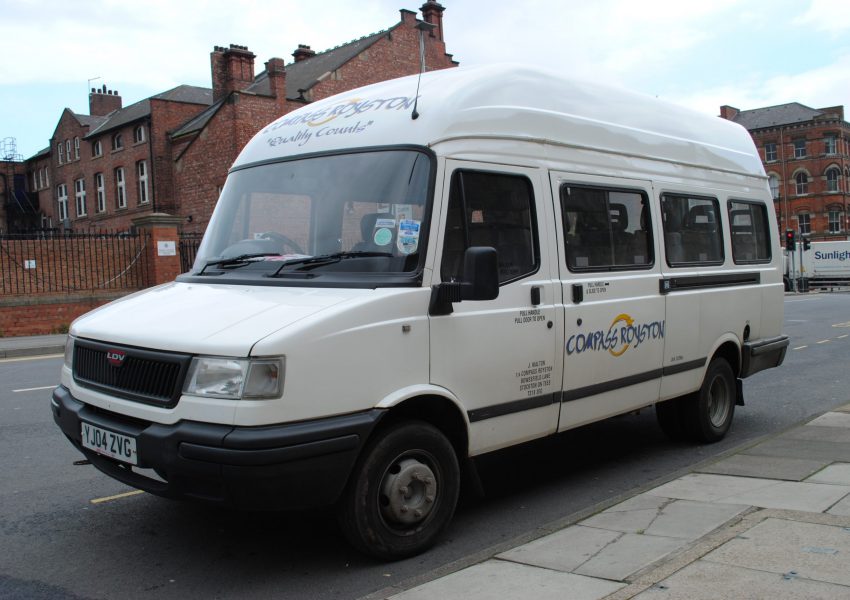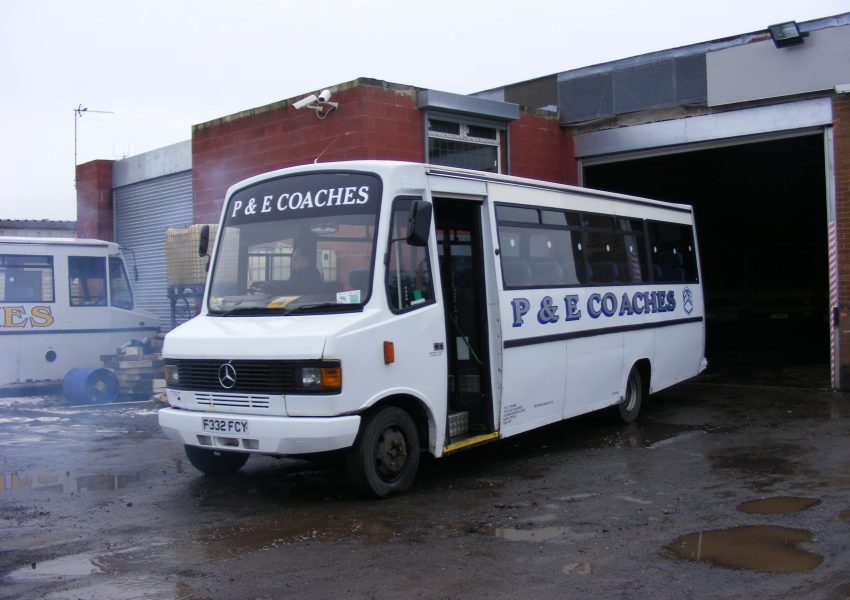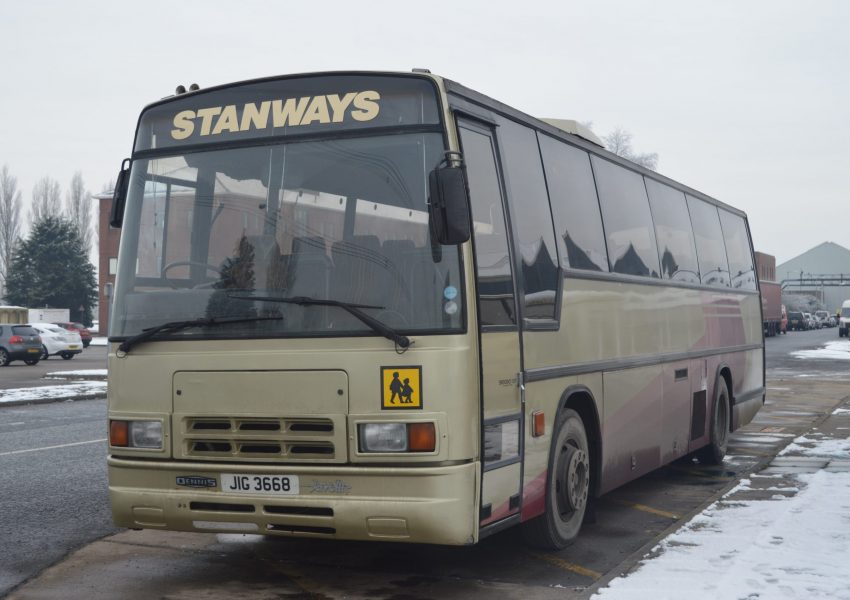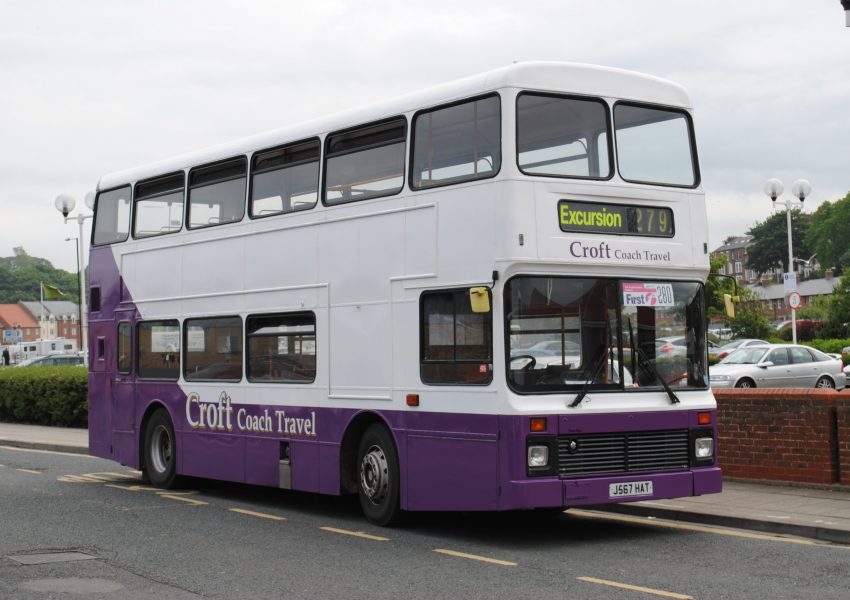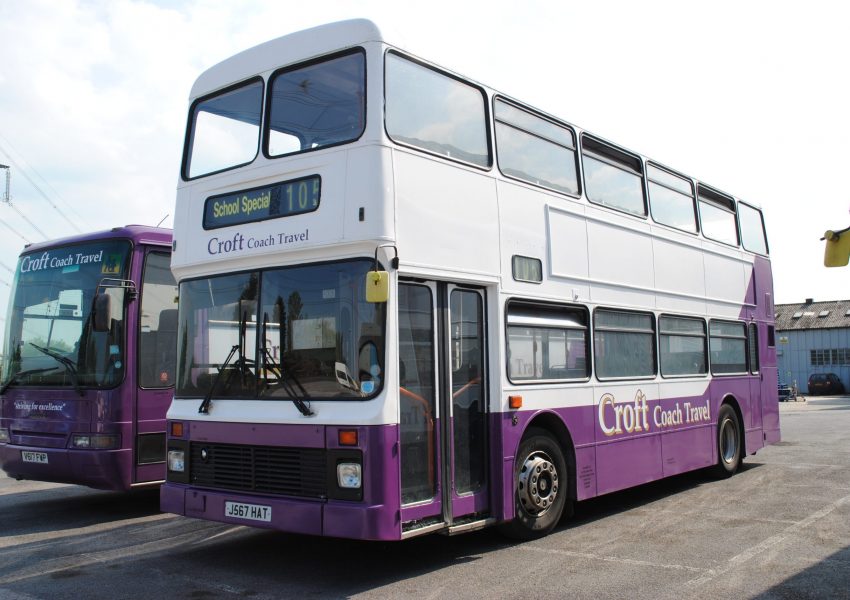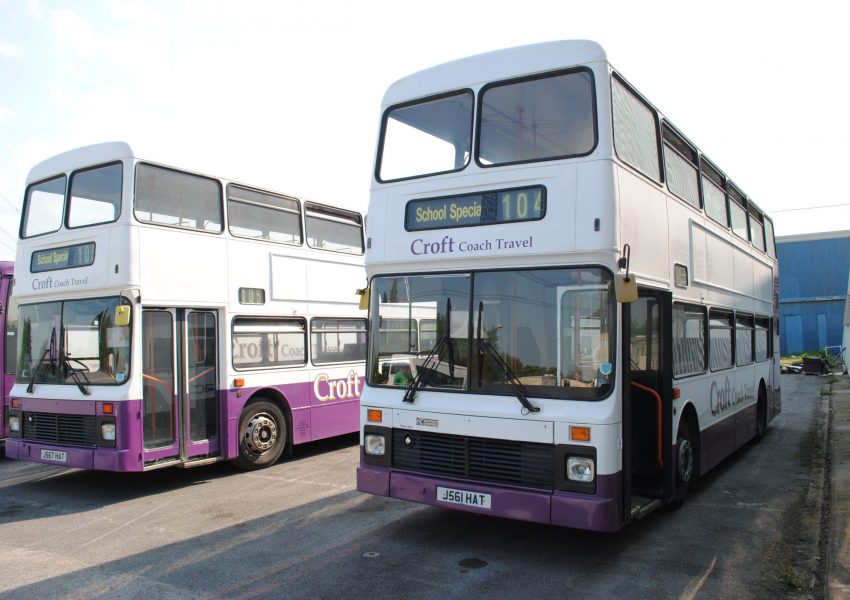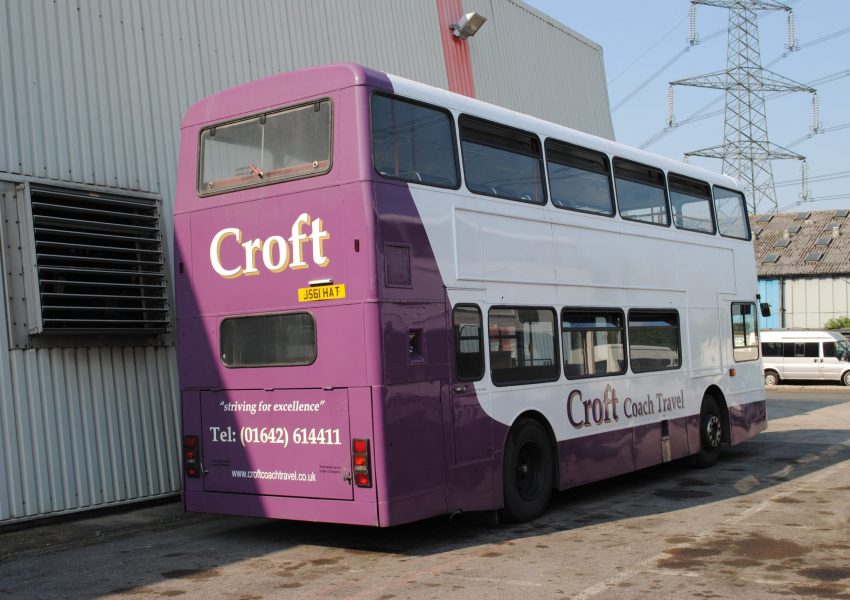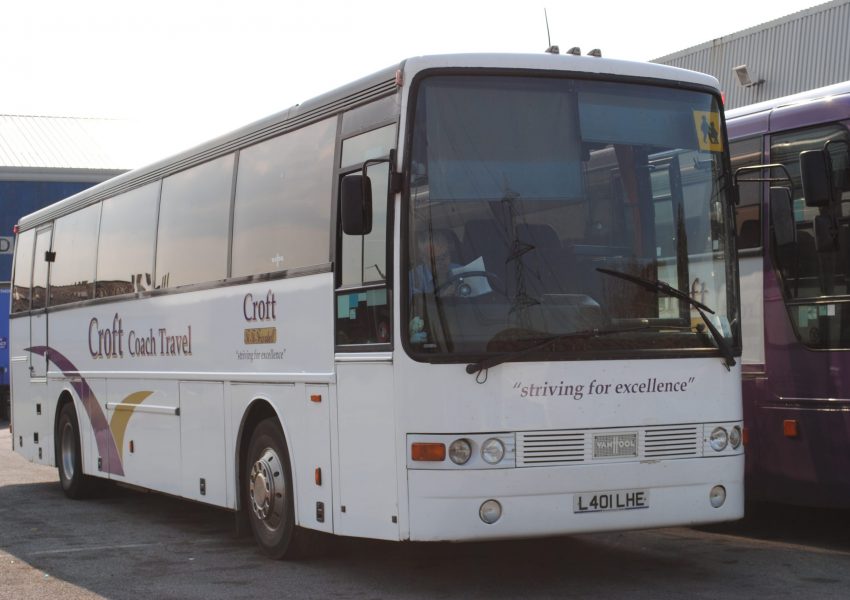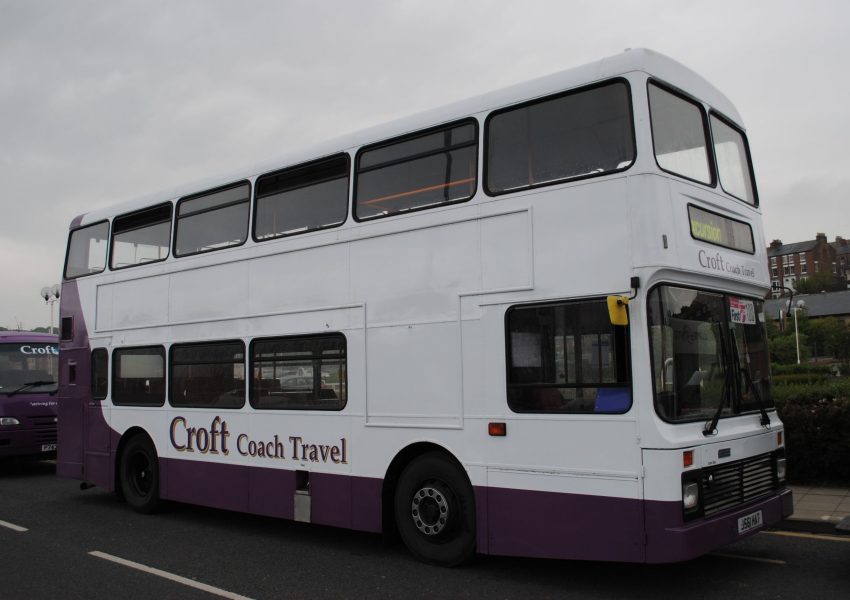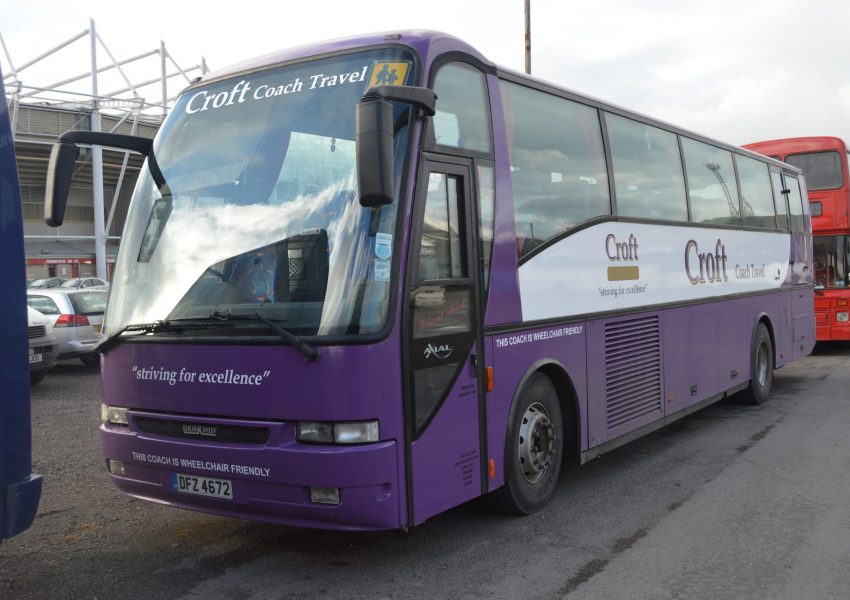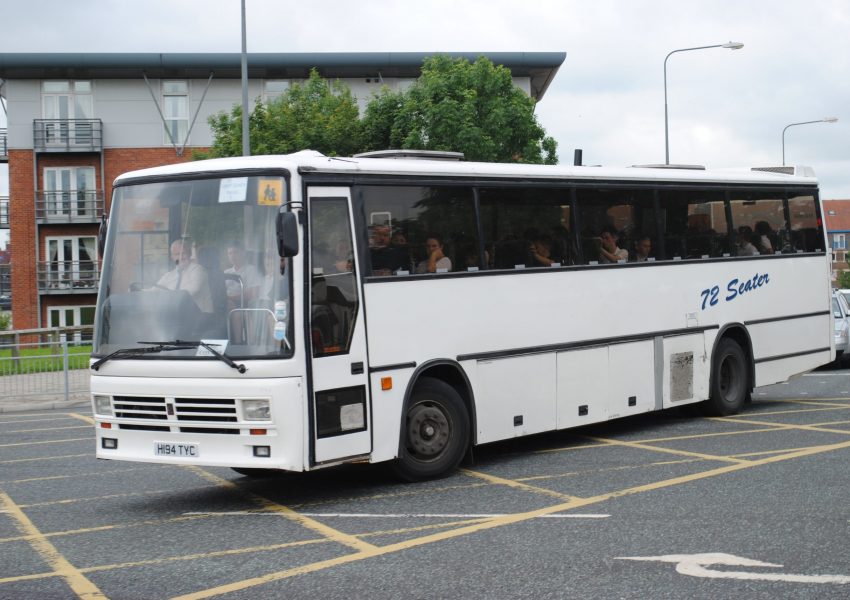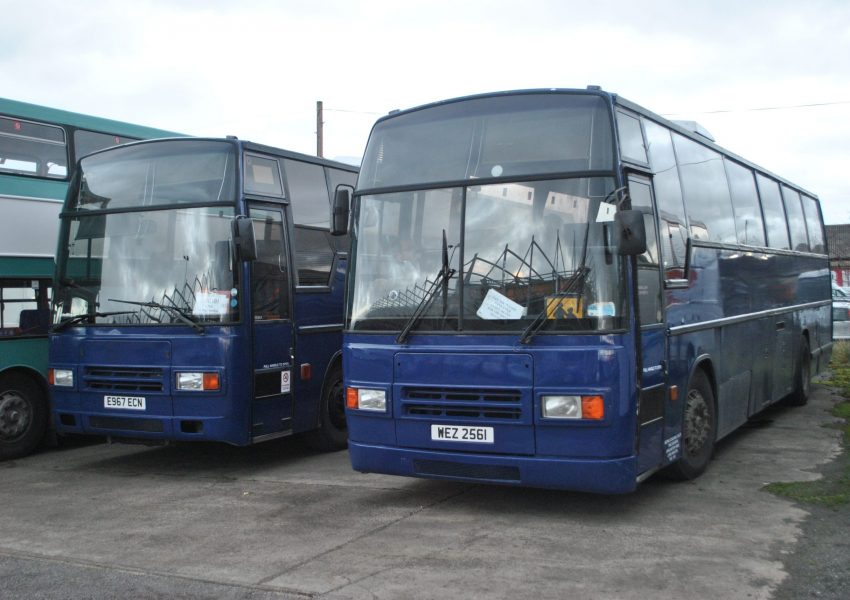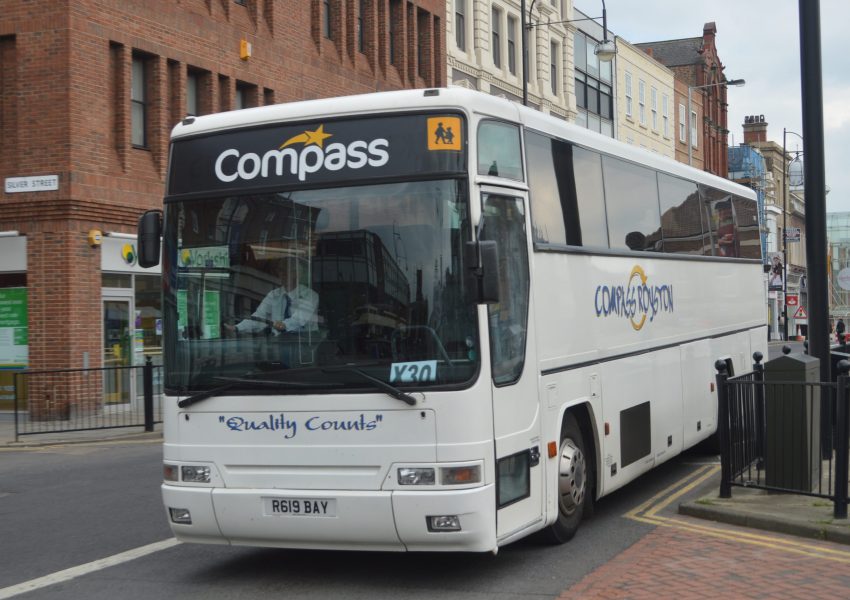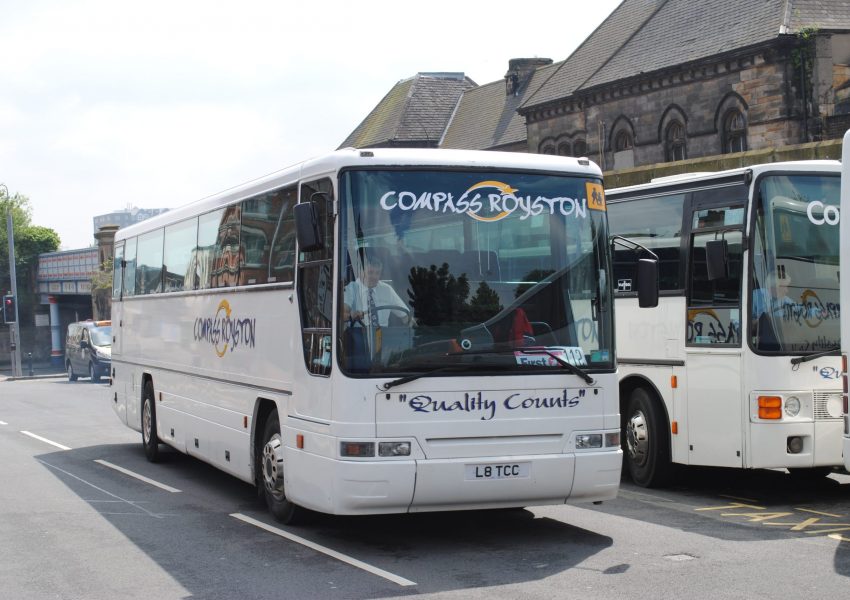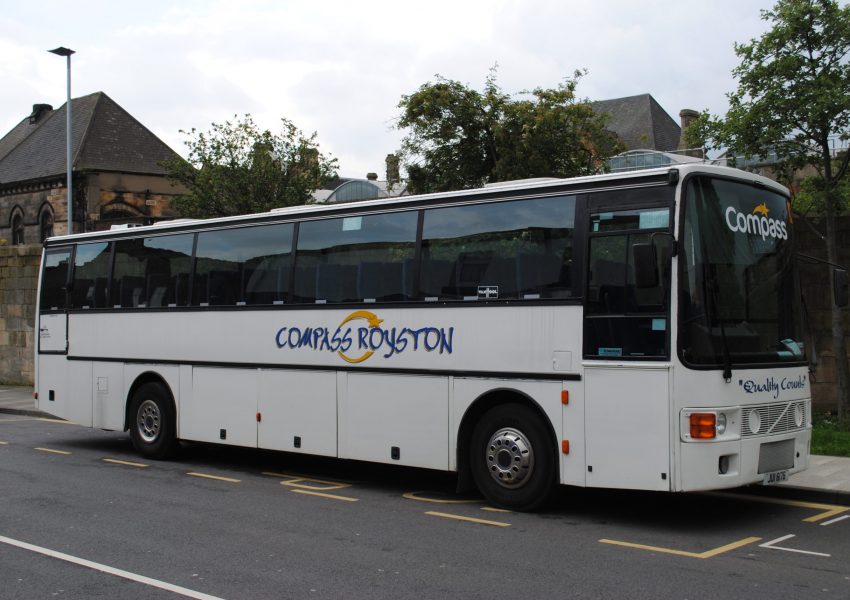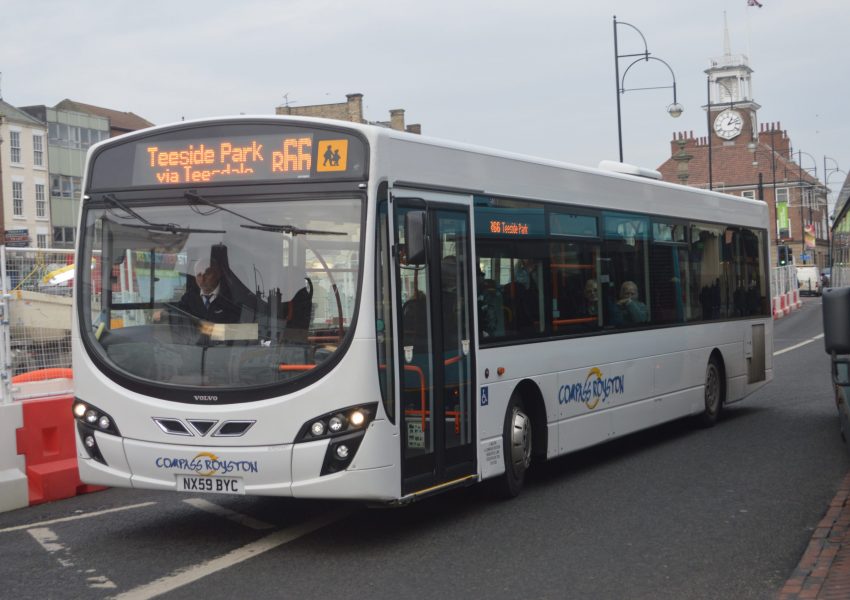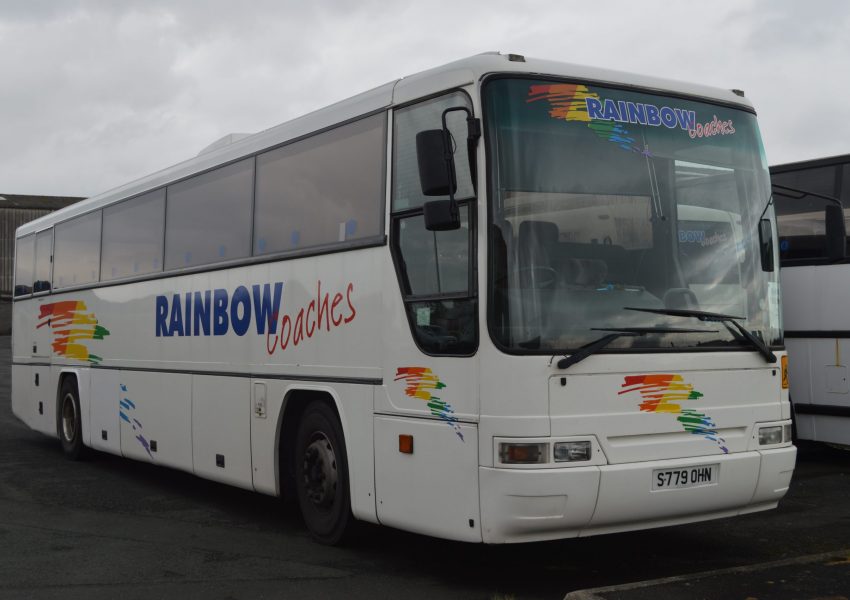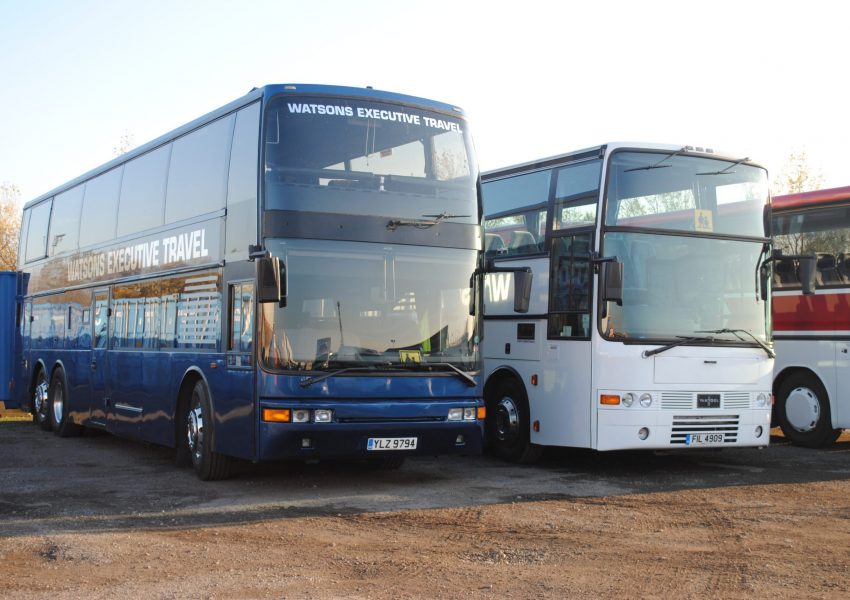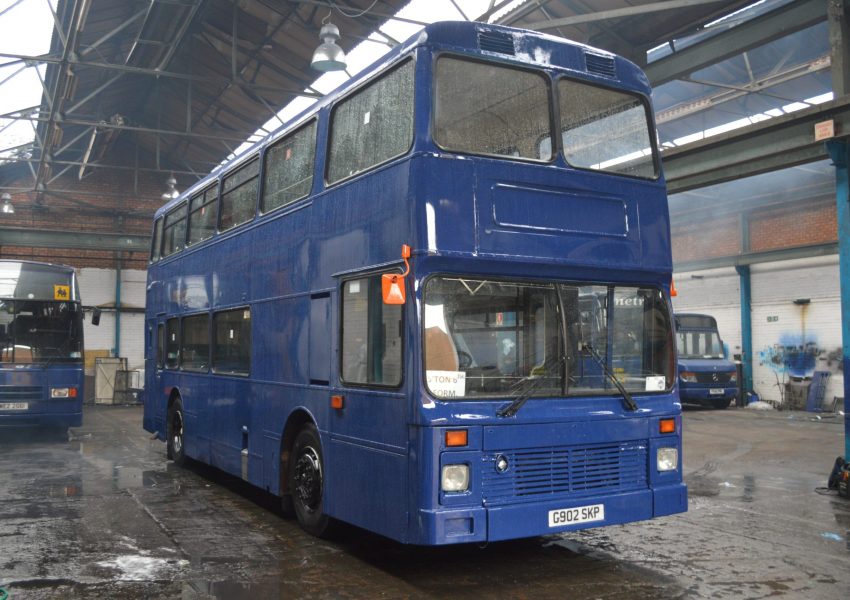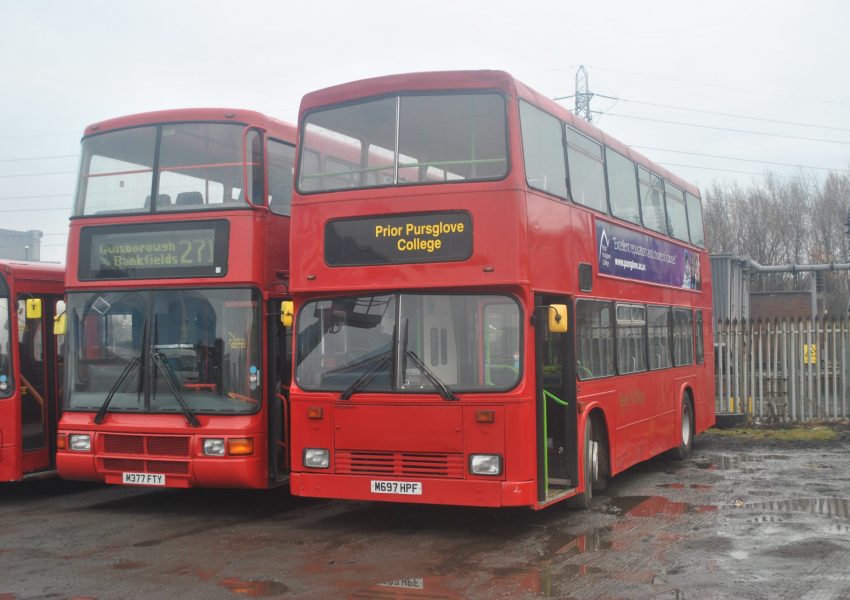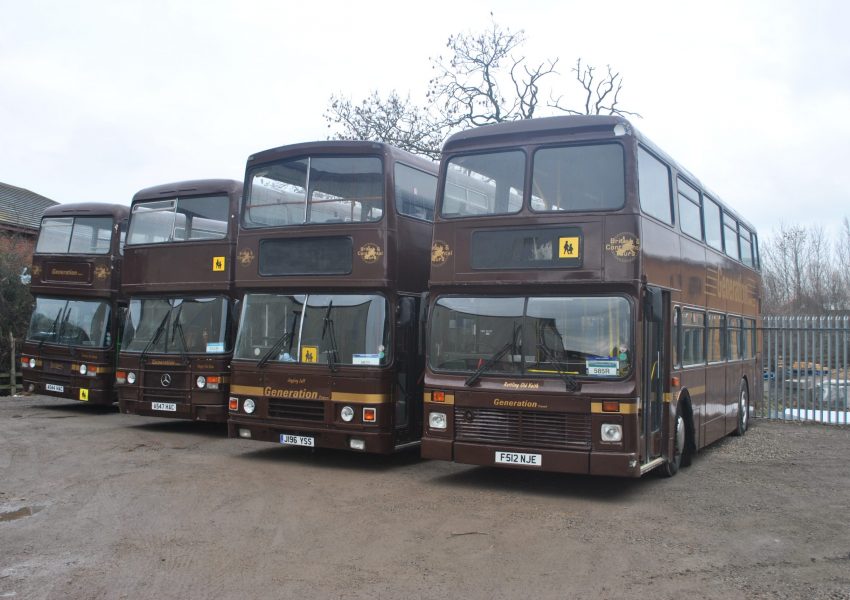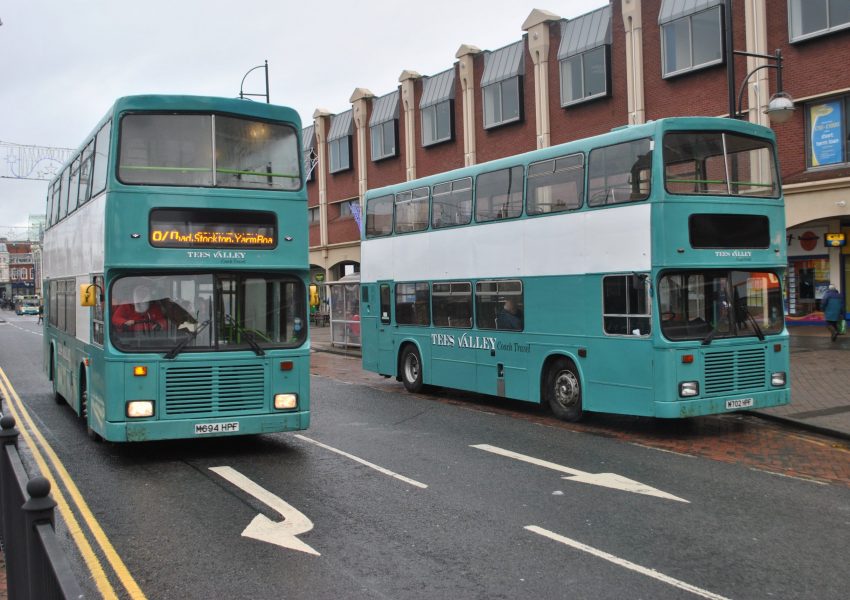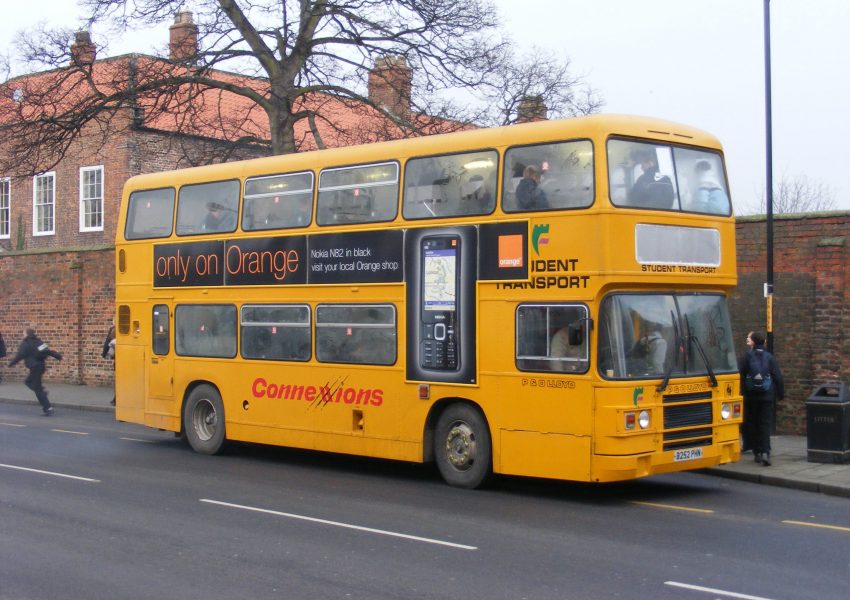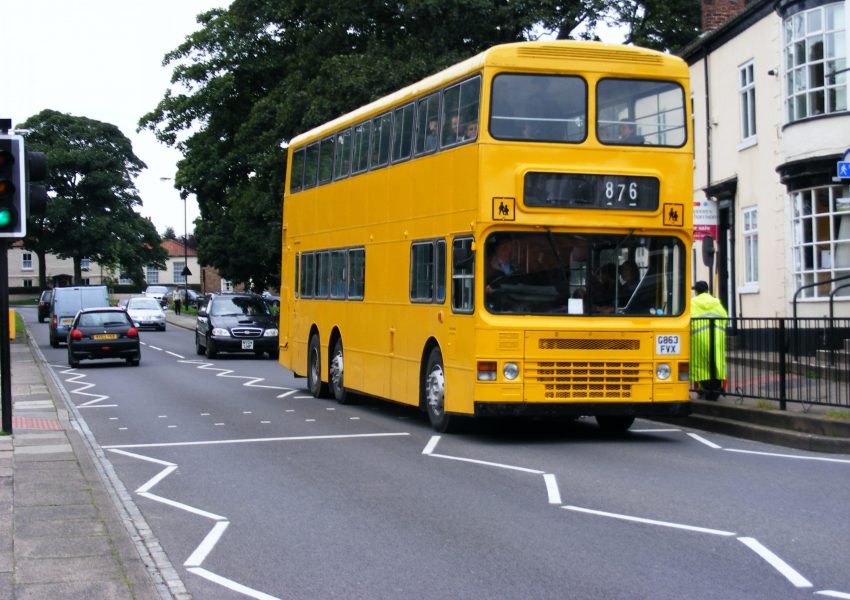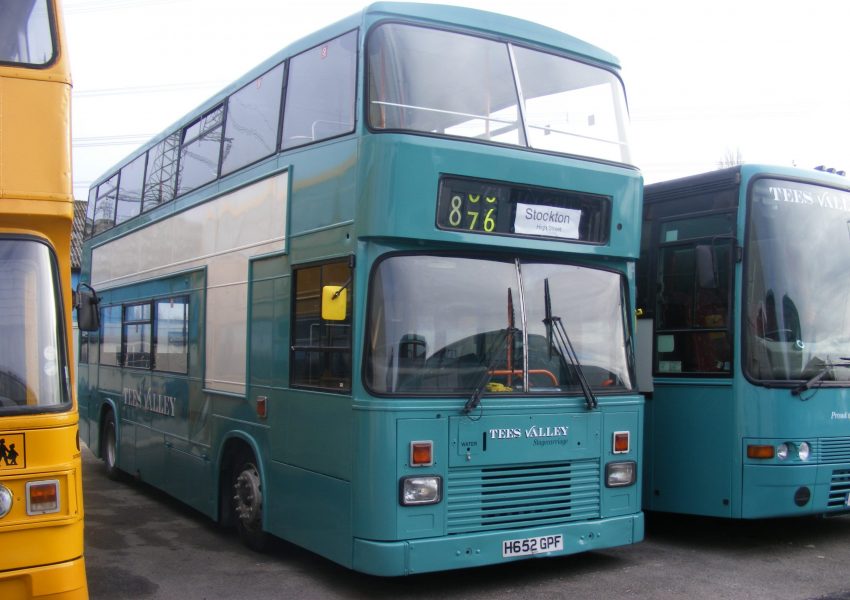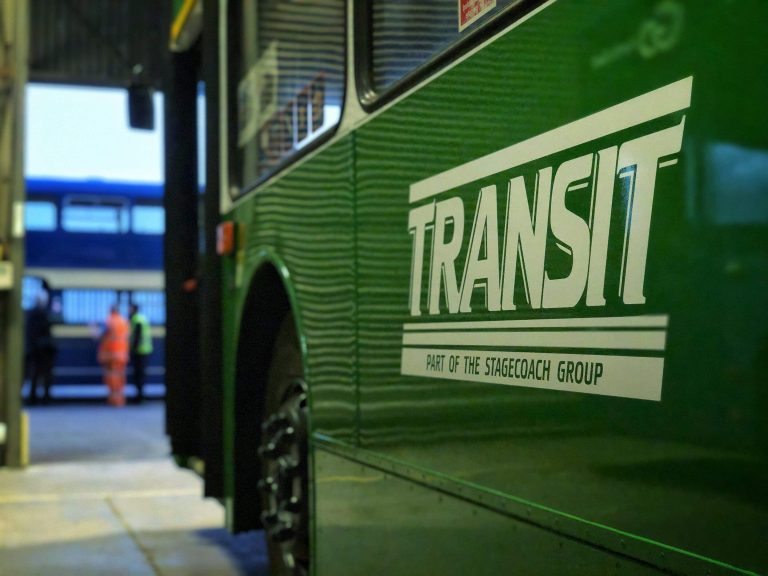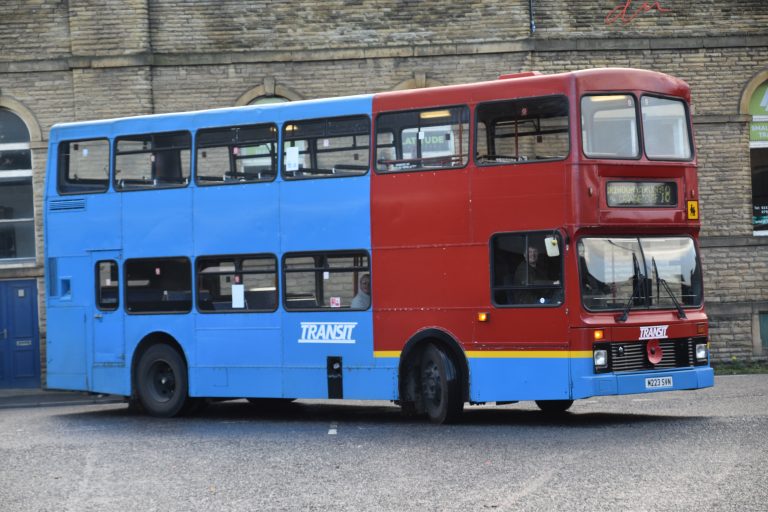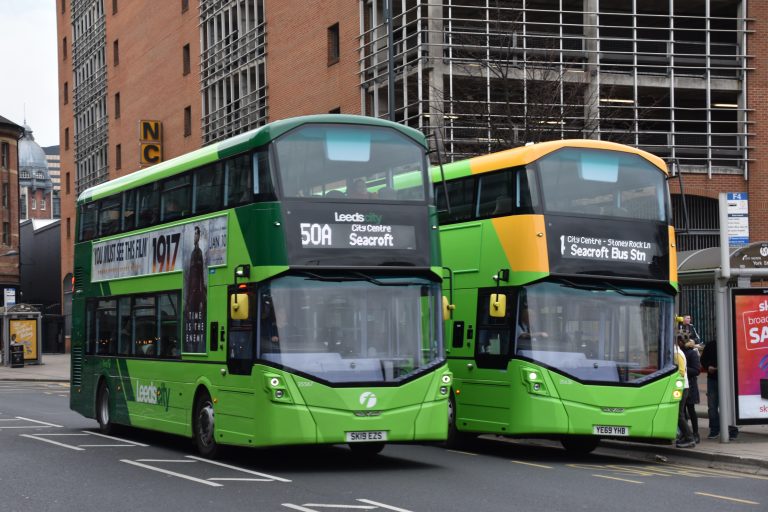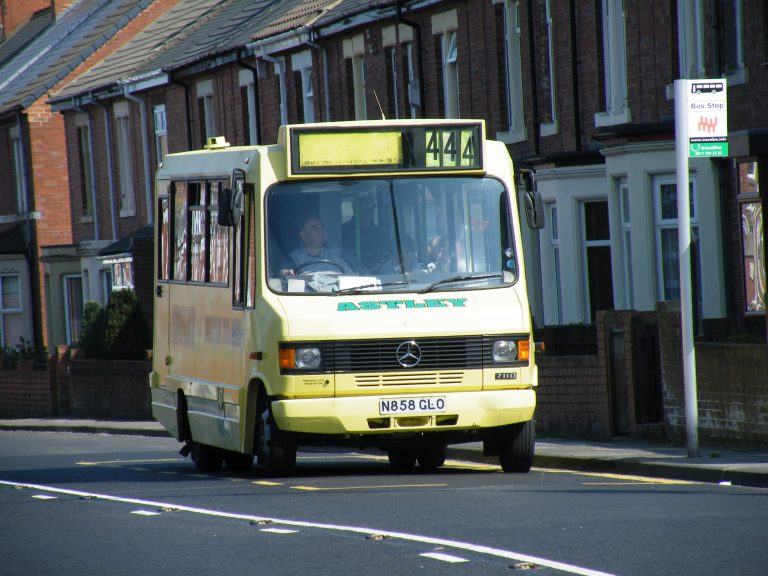A Look at School buses before accessibility rights act..
Another week passes during COVID-19 Lockdown and we continue to bring you blogs to talk about! This week I thought we’d take a look at school buses before the PSV Accessibility rights came into effect.
So prior to 2020, many operators used a wide range of different buses for schools, kids in rural communities tended to get the standard 16 seater minibuses, some smaller secondary schools/colleges got your bog standard 53 seat coach dependent on where pick-ups were and some schools/colleges with young people coming from multiple different estates chose to use either two coaches or a couple of double deckers, dependent on patroange.
I went to two schools, Blakeston School until 2007 (which didn’t use any school buses) and then Ian Ramsey until 2009, it was upon changing schools to Ian Ramsey that my interest for buses stepped up a notch, we had Tees Valley Luxury Coach Travel/Tees Valley Coach Travel running our school bus, initially it started with a Bristol VR/ECW and a Leyland Leopard, the school had a high patronage in the Norton area so required use of not only a single deck, but a double decker too. Eventually as time grew on, we got a tri-axle former Hong-Kong Dennis Condor G863FVX, starting out purple with “Angelas” wrote on the front, it was eventually painted school bus yellow and was ideal for the large amount of young people that we carried back in 2007-2009, the company progressed further and further with a range of different buses coming, mainly Leyland/Volvo Olympians but a few odd balls such as a large acquisiton of Volvo B10M Citybus East Lancs, initially H675GPF saw use, before H652GPF, H654GPF & H655GPF joined.
Later on in life I got to know a few drivers and as well as my photographing, it gave me the opportunity to see what other vehicles were in use on school runs, mostly of course buses that started out life with the big operators such as Arriva or Stagecoach before passing to a dealer and passing to Independent operators. Olympians were a favourite among many operator for school runs, I’m told due to their robust strength, their strong Gardener/Cummins engines and the ability to be able to take a kicking and still perform.
I would often frequented college runs with operator “Croft Coach Travel” who had a contract to run transport from Cleveland College of Art and Design, my friend Barry worked there as a driver and the management were often ok with one or two of us travelling providing there was space, CCAD had operators there such as Metro Coaches and Commercial Coaches but it seemed that Croft certainly had the larger routes, especially as they acquired two former East Yorkshire Motor Services Leyland Olympian/Northern Counties J561HAT/J567HAT specifically for this contract and they were used for a period before swapping to up-seated Plaxton Premieres which were converted into 3+2 70 seat capacities.
Metro were running a 33 Seat Mercedes 814D Plaxton Vario and usually a Plaxton Paramount Coach with 49/53 seats on the contract and commercial just a small 33 seat..
Other operators that spring to mind when we talk about school buses are Garnetts of Tindale Crescent in Bishop Auckland who had a number of school runs and used former London Leyland Titans for these along with a couple of Olympians. Stagecarriage of East Cleveland who had many different double decked vehicles for school/college contracts and Generation Travel of Stokesley who had a number of double deckers.
Of course operators who were able to do school runs, also had the ability to do other things with the school buses when the schools weren’t on or in between times. The likes of Tees Valley Coach Travel running the 87 and timing it so the buses could come off the route to do the 876/897 Ian Ramsey/Northfield School runs before returning back to route and of course rail replacements mainly on evenings/weekends where required, certainly one I recall of the Whitby to Middlesbrough Line being off and Croft using their leyland olympians whilst other operators opted for some older style coaches.
Looking at schools then and schools now, a lot has changed. School buses aren’t quite the same as what they once were, your traditional Olympian that could take a good kicking is replaced by your newer Enviro 400s and Volvo B7s which are a little more complex to work with in terms of engineering point of view, more computers involved and more electronics than the traditional volvos. Those schools which take money whether on the bus or off the bus, now have to have an accessible vehicle, this means that the days of a step entrance coach are long gone, coaches these days replaced with Cateano Levantes from some of the larger operators such as National Express. It also means that rail replacement work with independents is becoming a thing of the past, lately when Northern have been off they have opted to use their Arriva status and bring in Arriva buses to run, this meaning that service buses with low floor capabilities were able to run, as well as some more modern coaches when first are off.
Times may have changed but nevertheless its still worth photographing and documenting where possible, because who knows what could happen in years to come…. Could we have electric vehicles? Could designers bring even bigger buses out?
Time will only tell……

